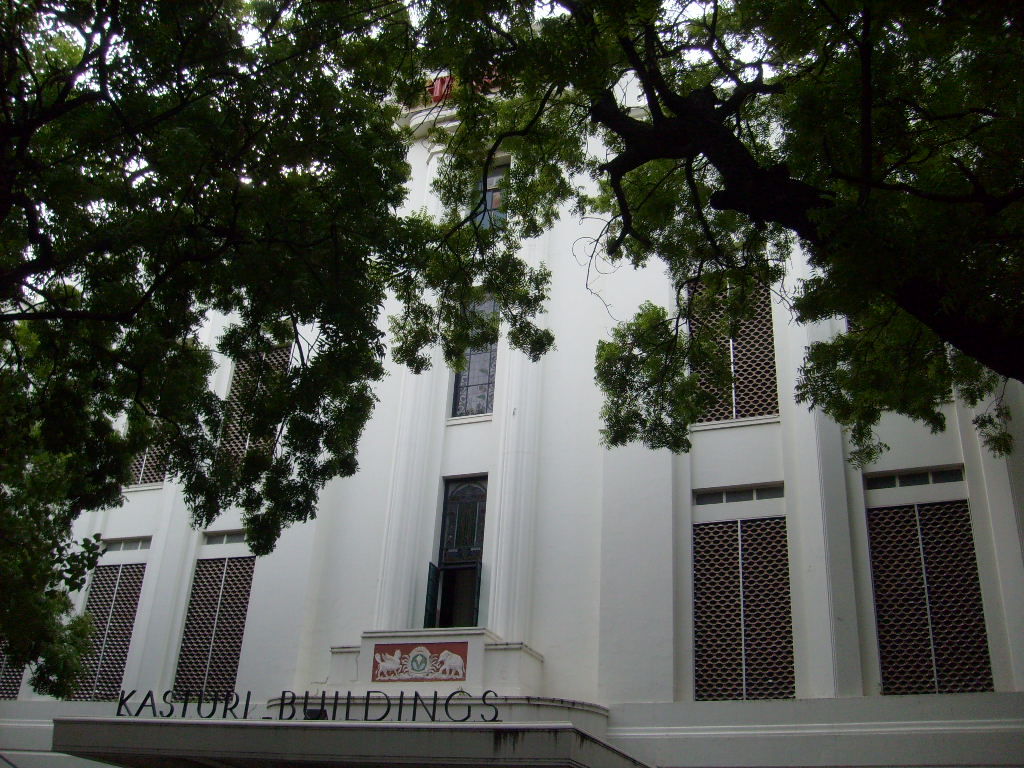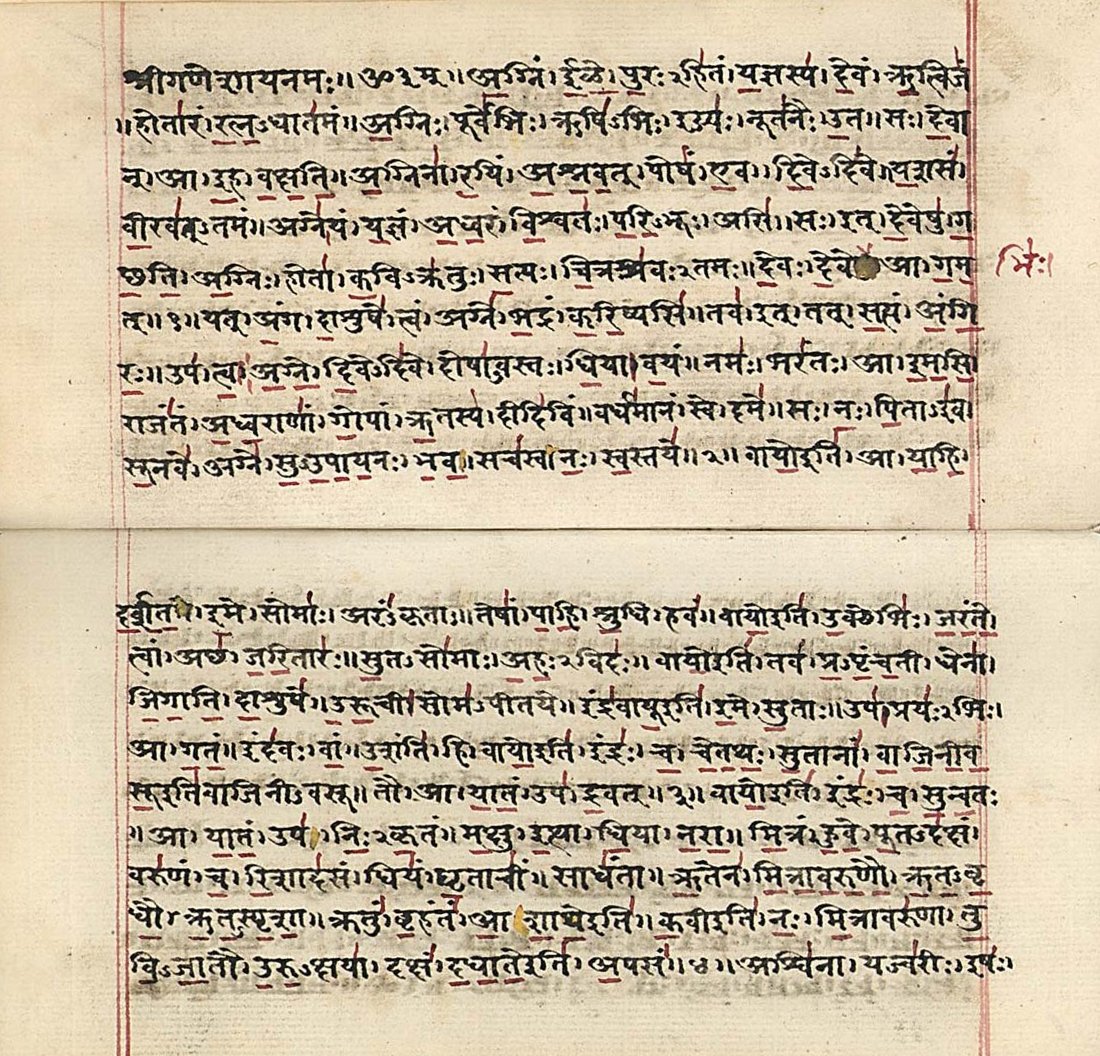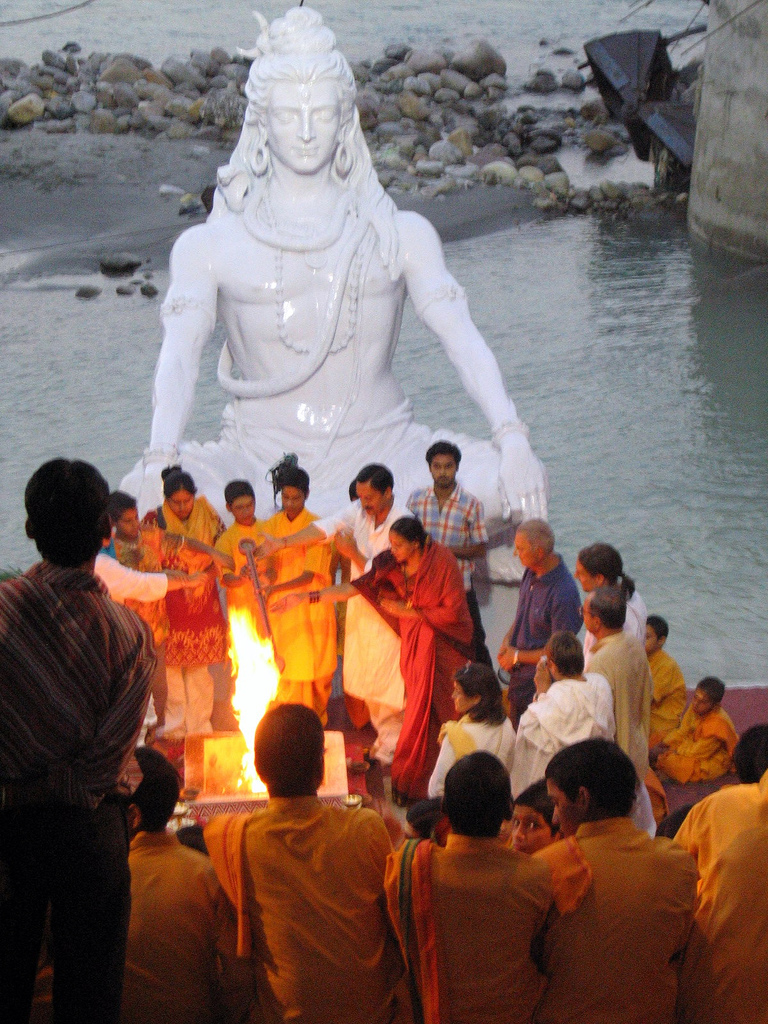|
Raja Rammohan Roy
Raja Ram Mohan Roy ( bn, রামমোহন রায়; 22 May 1772 – 27 September 1833) was an Indian reformer who was one of the founders of the Brahmo Sabha in 1828, the precursor of the Brahmo Samaj, a social-religious reform movement in the Indian subcontinent. He was given the title of Raja by Akbar II, the Mughal emperor. His influence was apparent in the fields of politics, public administration, education and religion. He was known for his efforts to abolish the practices of sati and child marriage. Roy is considered to be the "Father of the Bengal Renaissance" by many historians. In 2004, Roy was ranked number 10 in BBC's poll of the Greatest Bengali of All Time. Early life and education (till 1796) Ram Mohan Roy was born in Radhanagar, Hooghly District, Bengal Presidency. His great grandfather Krishnakanta Bandyopadhyay was a Rarhi Kulin (noble) Brahmin. Among Kulin Brahmins descendants of the six families of Brahmins imported from Kannauj by ... [...More Info...] [...Related Items...] OR: [Wikipedia] [Google] [Baidu] |
Fellows Of The Royal Asiatic Society Of Great Britain And Ireland
Fellows of the Royal Asiatic Society of Great Britain and Ireland are individuals who have been elected by the Council of the Royal Asiatic Society to further "the investigation of subjects connected with and for the encouragement of science literature and the arts in relation to Asia". The Society has around 700 fellows, half of whom reside outside Britain. It is administered by a council of twenty fellows. The Society was established in 1823 and became "the main centre in Britain for scholarly work on Asia" with "many distinguished Fellows". Fellows are entitled to use the honorific post-nominal letters FRAS. Past and current fellows include leading scholars, writers, and former politicians and governors who have made significant contributions to Asia and their respective fields. Previous Fellows have included British explorers Sir Richard Francis Burton, and Laurence Waddell, Officers of the British East India Company such as Sir Henry Rawlinson, Chief Justice of Ceylon Ale ... [...More Info...] [...Related Items...] OR: [Wikipedia] [Google] [Baidu] |
The Hindu
''The Hindu'' is an Indian English-language daily newspaper owned by The Hindu Group, headquartered in Chennai, Tamil Nadu. It began as a weekly in 1878 and became a daily in 1889. It is one of the Indian newspapers of record and the second most circulated English-language newspaper in India, after '' The Times of India''. , ''The Hindu'' is published from 21 locations across 11 states of India. ''The Hindu'' has been a family-owned newspaper since 1905, when it was purchased by S. Kasturi Ranga Iyengar from the original founders. It is now jointly owned by Iyengar's descendants, referred to as the "Kasturi family", who serve as the directors of the holding company. The current chairperson of the group is Malini Parthasarathy, a great-granddaughter of Iyengar. Except for a period of about two years, when Siddharth Varadarajan, S. Varadarajan held the editorship of the newspaper, the editorial positions of the paper were always held by members of the family or held under t ... [...More Info...] [...Related Items...] OR: [Wikipedia] [Google] [Baidu] |
Arabic
Arabic (, ' ; , ' or ) is a Semitic language spoken primarily across the Arab world.Semitic languages: an international handbook / edited by Stefan Weninger; in collaboration with Geoffrey Khan, Michael P. Streck, Janet C. E.Watson; Walter de Gruyter GmbH & Co. KG, Berlin/Boston, 2011. Having emerged in the 1st century, it is named after the Arab people; the term "Arab" was initially used to describe those living in the Arabian Peninsula, as perceived by geographers from ancient Greece. Since the 7th century, Arabic has been characterized by diglossia, with an opposition between a standard prestige language—i.e., Literary Arabic: Modern Standard Arabic (MSA) or Classical Arabic—and diverse vernacular varieties, which serve as mother tongues. Colloquial dialects vary significantly from MSA, impeding mutual intelligibility. MSA is only acquired through formal education and is not spoken natively. It is the language of literature, official documents, and formal writ ... [...More Info...] [...Related Items...] OR: [Wikipedia] [Google] [Baidu] |
Persian Language
Persian (), also known by its endonym Farsi (, ', ), is a Western Iranian language belonging to the Iranian branch of the Indo-Iranian subdivision of the Indo-European languages. Persian is a pluricentric language predominantly spoken and used officially within Iran, Afghanistan, and Tajikistan in three mutually intelligible standard varieties, namely Iranian Persian (officially known as ''Persian''), Dari Persian (officially known as ''Dari'' since 1964) and Tajiki Persian (officially known as ''Tajik'' since 1999).Siddikzoda, S. "Tajik Language: Farsi or not Farsi?" in ''Media Insight Central Asia #27'', August 2002. It is also spoken natively in the Tajik variety by a significant population within Uzbekistan, as well as within other regions with a Persianate history in the cultural sphere of Greater Iran. It is written officially within Iran and Afghanistan in the Persian alphabet, a derivation of the Arabic script, and within Tajikistan in the Tajik alphabet, ... [...More Info...] [...Related Items...] OR: [Wikipedia] [Google] [Baidu] |
Sanskrit
Sanskrit (; attributively , ; nominally , , ) is a classical language belonging to the Indo-Aryan branch of the Indo-European languages. It arose in South Asia after its predecessor languages had diffused there from the northwest in the late Bronze Age. Sanskrit is the sacred language of Hinduism, the language of classical Hindu philosophy, and of historical texts of Buddhism and Jainism. It was a link language in ancient and medieval South Asia, and upon transmission of Hindu and Buddhist culture to Southeast Asia, East Asia and Central Asia in the early medieval era, it became a language of religion and high culture, and of the political elites in some of these regions. As a result, Sanskrit had a lasting impact on the languages of South Asia, Southeast Asia and East Asia, especially in their formal and learned vocabularies. Sanskrit generally connotes several Old Indo-Aryan language varieties. The most archaic of these is the Vedic Sanskrit found in the Rig Veda, a colle ... [...More Info...] [...Related Items...] OR: [Wikipedia] [Google] [Baidu] |
Bengali Language
Bengali ( ), generally known by its endonym Bangla (, ), is an Indo-Aryan language native to the Bengal region of South Asia. It is the official, national, and most widely spoken language of Bangladesh and the second most widely spoken of the 22 scheduled languages of India. With approximately 300 million native speakers and another 37 million as second language speakers, Bengali is the fifth most-spoken native language and the seventh most spoken language by total number of speakers in the world. Bengali is the fifth most spoken Indo-European language. Bengali is the official and national language of Bangladesh, with 98% of Bangladeshis using Bengali as their first language. Within India, Bengali is the official language of the states of West Bengal, Tripura and the Barak Valley region of the state of Assam. It is also a second official language of the Indian state of Jharkhand since September 2011. It is the most widely spoken language in the Andaman and Nicob ... [...More Info...] [...Related Items...] OR: [Wikipedia] [Google] [Baidu] |
Pathshala
Drik Picture Library is a photography agency and picture library based in Dhaka, Bangladesh. Background Drik Picture Library was established in 1989 by Bangladeshi writer and photographer Shahidul Alam and Bangladeshi writer and anthropologist Rahnuma Ahmed. The name is Sanskrit for 'vision'. It was set up to provide a platform for local photographers to publish internationally and provides various media services. Drik is associated with Alam's other large project: Majority World which aims to promote photographers from the global south and ensure fair compensation for their work. Drik is headquartered in Dhaka and has branch offices in India and the UK."Network partnerships: Drik Picture Library, Dhaka, Bangladesh", Prince Claus FundArchivedby the Wayback Machine on 4 July 2010. Pathshala South Asian Media Institute Pathshala, the ''South Asian Media Institute,'' was set up in 1998 by the Bangladeshi photographer, writer, and activist Shahidul Alam, as "Pathshala South As ... [...More Info...] [...Related Items...] OR: [Wikipedia] [Google] [Baidu] |
Shaivite
Shaivism (; sa, शैवसम्प्रदायः, Śaivasampradāyaḥ) is one of the major Hindu traditions, which worships Shiva as the Supreme Being. One of the largest Hindu denominations, it incorporates many sub-traditions ranging from devotional dualistic theism such as Shaiva Siddhanta to yoga-orientated monistic non-theism such as Kashmiri Shaivism.Ganesh Tagare (2002), The Pratyabhijñā Philosophy, Motilal Banarsidass, , pages 16–19 It considers both the Vedas and the Agama texts as important sources of theology.Mariasusai Dhavamony (1999), Hindu Spirituality, Gregorian University and Biblical Press, , pages 31–34 with footnotesMark Dyczkowski (1989), The Canon of the Śaivāgama, Motilal Banarsidass, , pages 43–44 Shaivism developed as an amalgam of pre-Vedic religions and traditions derived from the southern Tamil Shaiva Siddhanta traditions and philosophies, which were assimilated in the non-Vedic Shiva-tradition. In the process of Sanskritisatio ... [...More Info...] [...Related Items...] OR: [Wikipedia] [Google] [Baidu] |
Vaishnavite
Vaishnavism ( sa, वैष्णवसम्प्रदायः, Vaiṣṇavasampradāyaḥ) is one of the major Hindu denominations along with Shaivism, Shaktism, and Smartism. It is also called Vishnuism since it considers Vishnu as the sole supreme being leading all other Hindu deities, i.e. ''Mahavishnu''. Its followers are called Vaishnavites or ''Vaishnava''s (), and it includes sub-sects like Krishnaism and Ramaism, which consider Krishna and Rama as the supreme beings respectively. According to a 2010 estimate by Johnson and Grim, Vaishnavism is the largest Hindu sect, constituting about 641 million or 67.6% of Hindus. The ancient emergence of Vaishnavism is unclear, and broadly hypothesized as a fusion of various regional non-Vedic religions with Vishnu. A merger of several popular non-Vedic theistic traditions, particularly the Bhagavata cults of Vāsudeva-krishna and ''Gopala-Krishna'', and Narayana, developed in the 7th to 4th century BCE. It was integrated ... [...More Info...] [...Related Items...] OR: [Wikipedia] [Google] [Baidu] |
Kulinism
Kulinism (Bengali: কৌলিন্য) or ''Kulin Pratha'' is a custom that was introduced by Raja Ballala Sena of Bengal. Kulin groups could be found among the three castes of Brahmin, Vaidya and Kayastha Kayastha (also referred to as Kayasth) denotes a cluster of disparate Indian communities broadly categorised by the regions of the Indian subcontinent in which they were traditionally locatedthe Chitraguptavanshi Kayasthas of North India, the .... The name derives from the Sanskrit word कुलीन (kulina). According to Kulinism, a few families in different castes were considered noble or superior to other families in the same caste. Kulinism (higher social status) refers to marriage of a ''kulina'' girl to a man in the same class as well as marriage to one in a higher class. It essentially asserts that a ''kulina'' woman must not have her status lowered by marrying into a group of lower rank. One's ''Kulin'' status remains valid for 36-years according to the rule ... [...More Info...] [...Related Items...] OR: [Wikipedia] [Google] [Baidu] |
Ballal Sen
Ballal (also spelt as Ballala) is a surname from coastal Karnataka in India. It is found among Hindu Samantha Arasu, Bunt and Jain Royal communities. History The origin of the title 'Ballal' is reflects a claim of descent from the Hoysala dynasty, Hoysala Ballal, Kadamba Dynasty, Hindu Samantha Arasu Ballal kings. The Hoysalas had matrimonial relations with the Alupa royal family of coastal Karnataka. In the Book Prachina Tulunadu (Ancient Tulu nadu), The writers N. S. Kille and N. A. Sheenappa Heggade state that following the decline of Alupas, the coastal region of Karnataka (except kasaragod) came under the sway of powerful local Bunt-Jain feudal families who established feudatory states or chiefdoms. These Feudal lords and petty kings were generally referred to as Bunt Nadava's later owed allegiance to the Vijayanagara Empire. Kadamba kings in the southern regions of erstwhile South Canara and North Kerala sought to establish their high prestige and separate royal identity.Th ... [...More Info...] [...Related Items...] OR: [Wikipedia] [Google] [Baidu] |
Kannauj
Kannauj ( Hindustani pronunciation: ənːɔːd͡ʒ is a city, administrative headquarters and a municipal board or Nagar Palika Parishad in Kannauj district in the Indian state of Uttar Pradesh. The city's name is a corrupted form of the classical name ''Kanyakubja''. It was also known as ''Mahodaya'' during the time of Mihira Bhoja Kannauj is an ancient city. It is said that the Kanyakubja Brahmins who included Shandilya (teacher of Rishi Bharadwaja) were held one of the three prominent families originally from Kannauj. In Classical India, it served as the center of imperial Indian dynasties. The earliest of these was the Maukhari dynasty, and later, Emperor Harsha of the Vardhana dynasty.Tripathi, ''History of Kanauj'', p. 192 The city later came under the Gahadavala dynasty, and under the rule of Govindachandra, the city reached "unprecedented glory". Kannauj was also the main place of war in the Tripartite struggle between the Gurjara-Pratihara, the Palas and the Ra ... [...More Info...] [...Related Items...] OR: [Wikipedia] [Google] [Baidu] |







